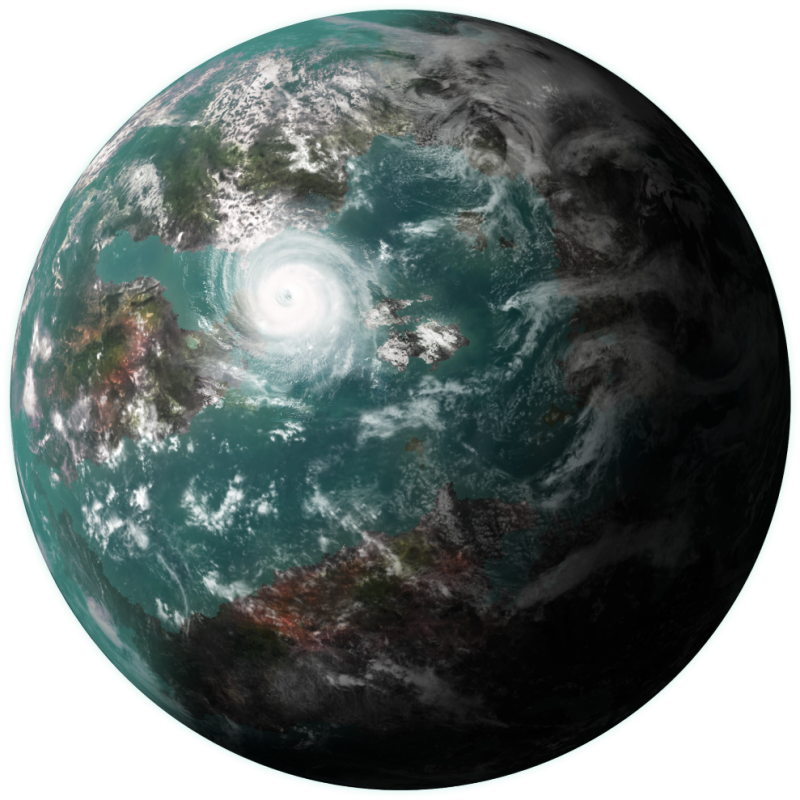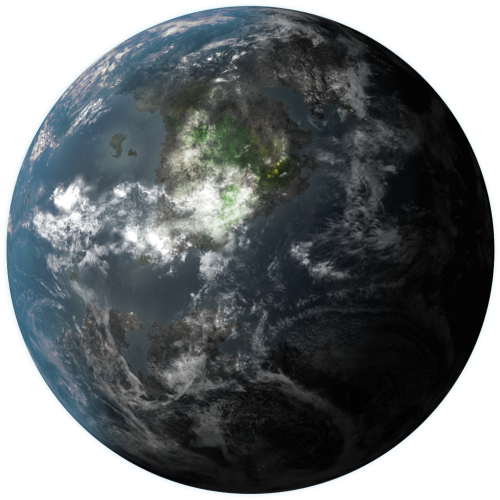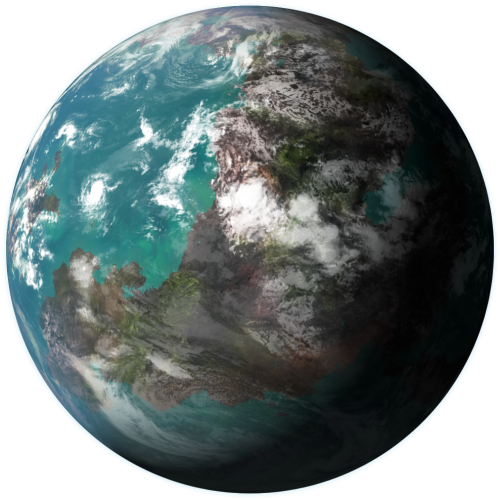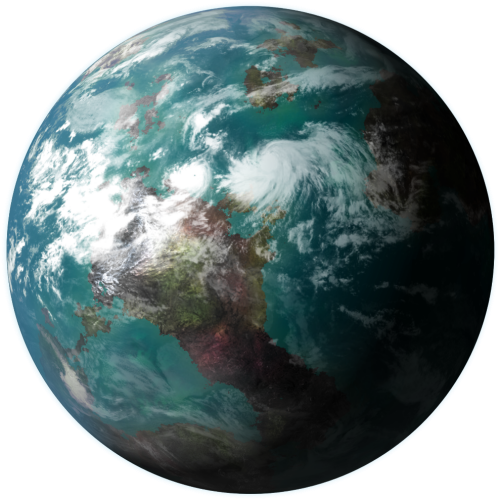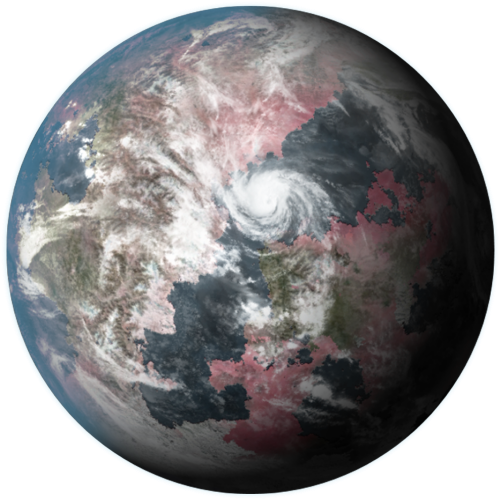Class Q: Variable planets are exceedingly rare in the
universe. They typically have highly eccentric orbits
or form around a star with a variable output. As a
result, conditions the planet's surface are widely
varied and often quite extreme; deserts and rain
forests can coexist in the span of a few kilometers,
and glaciers might simultaneously loom near the
equatorial regions... only to melt off in the span of a
few days. If the planet has an eccentric orbit, the
entire planet might spend decades completely
frozen in the far reaches of the star system, only to
turn into a hothouse as it approaches its parent star.
Though pockets of the surface might occasionally
become habitable, in general, the constant
instability makes long term survival for any species
virtually impossible.
universe. They typically have highly eccentric orbits
or form around a star with a variable output. As a
result, conditions the planet's surface are widely
varied and often quite extreme; deserts and rain
forests can coexist in the span of a few kilometers,
and glaciers might simultaneously loom near the
equatorial regions... only to melt off in the span of a
few days. If the planet has an eccentric orbit, the
entire planet might spend decades completely
frozen in the far reaches of the star system, only to
turn into a hothouse as it approaches its parent star.
Though pockets of the surface might occasionally
become habitable, in general, the constant
instability makes long term survival for any species
virtually impossible.
| AGE DIAMETER LOCATION ATMOSPHERE SURFACE COMPOSITION SURFACE TEMP HABITABILITY |
2-10 billion years old
4,000- 15,000 kilometers
ecosphere, cold zone, hot zone
nitrogen, oxygen, argon; can be either
very tenuous or very dense
varies greatly
silicon, iron, magnesium
-100°C to 75°C
uninhabitable
4,000- 15,000 kilometers
ecosphere, cold zone, hot zone
nitrogen, oxygen, argon; can be either
very tenuous or very dense
varies greatly
silicon, iron, magnesium
-100°C to 75°C
uninhabitable

